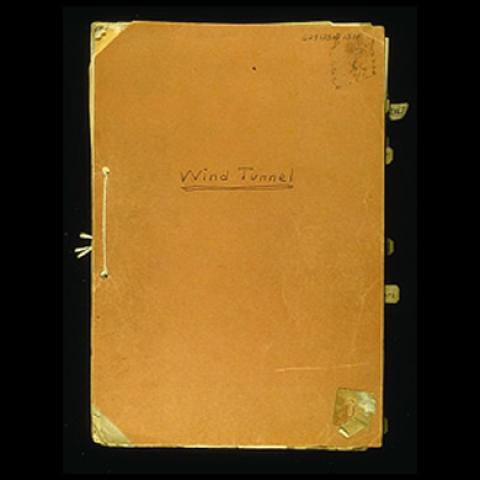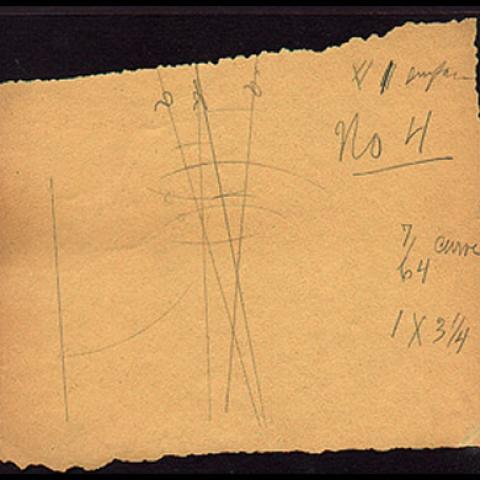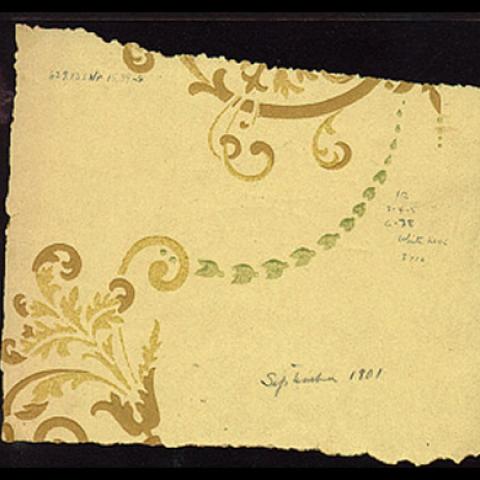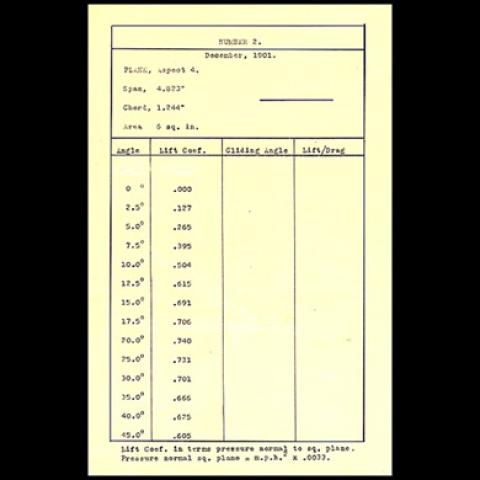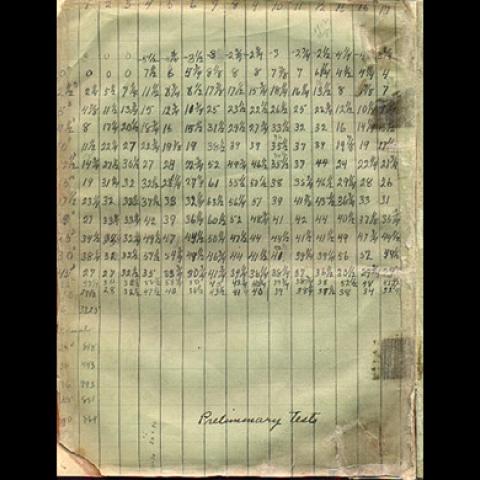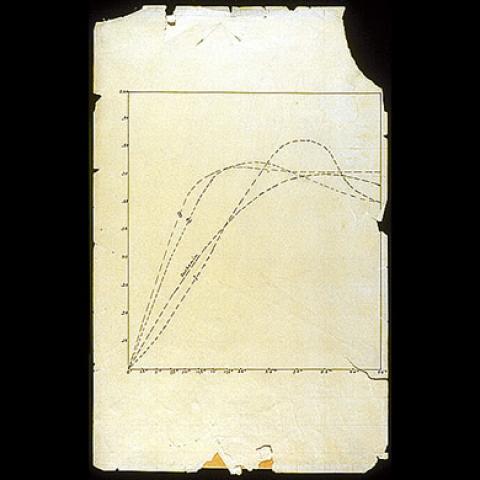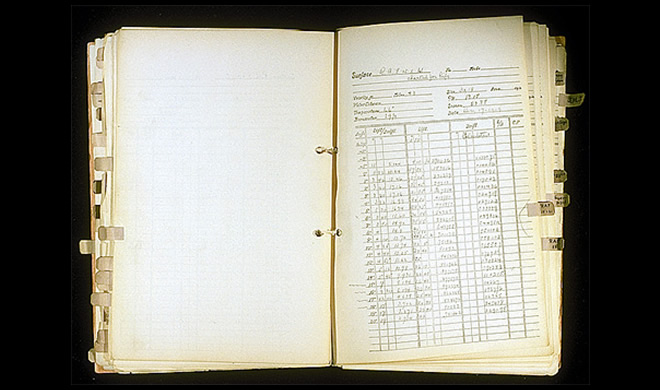
If you could travel back in time to the autumn of 1901, you would find Wilbur and Orville Wright locked inside of their workshop in Dayton, Ohio, gathering scientific data about the forces of flight. For months, they repeated test after test, filling notebooks with their results.
Those notebooks are preserved in The Franklin Institute's collection of artifacts. The collection also includes numerous scraps of paper that they used to chart their data. Most fascinating are the pieces of wallpaper with numbers and vectors scribbled on the backside. Notice the date: September 1901.
The scrap was placed in the wind tunnel, beneath the balance, and used to note the action of airfoil number four (we conclude). When the wind hit the airfoil, the airfoil shifted position. The tracing recorded that position. Those shifts in position could then be compared for each airfoil shape and curvature.
These objects show clearly that the Wright Brothers were meticulous and precise with their measurements. Also note the number of times that tests were repeated, assuring reproducible results.
They used the knowledge that they gained in the autumn of 1901 to build a very different glider. In September, 1902, Wilbur and Orville returned to Kill Devil Hills. The 1902 glider had a wingspan of thirty-two feet and a chord of five feet. It was the biggest flying-machine ever built. Their wind tunnel tests had convinced them that these measurements should work.
Cautiously, the brothers began to fly the glider as a kite. Pleased with the performance, they cut it loose and let it soar. On the first two days, Wilbur and Orville made nearly fifty glides. A few days later, they made seventy-five and then 150. The glider landed safely every time.
On October 23, 1902, Wilbur glided for twenty-six seconds over a distance of 622.5 feet. Orville wrote, "We now hold all the records! The largest machine...the longest time in the air, the smallest angle of descent, and the highest wind!"
But gliding would never be enough. They left Kitty Hawk with a new dream: powered flight.
Note: The objects pictured above are part of The Franklin Institute's protected collection of objects. The images are © The Franklin Institute. All rights are reserved.


